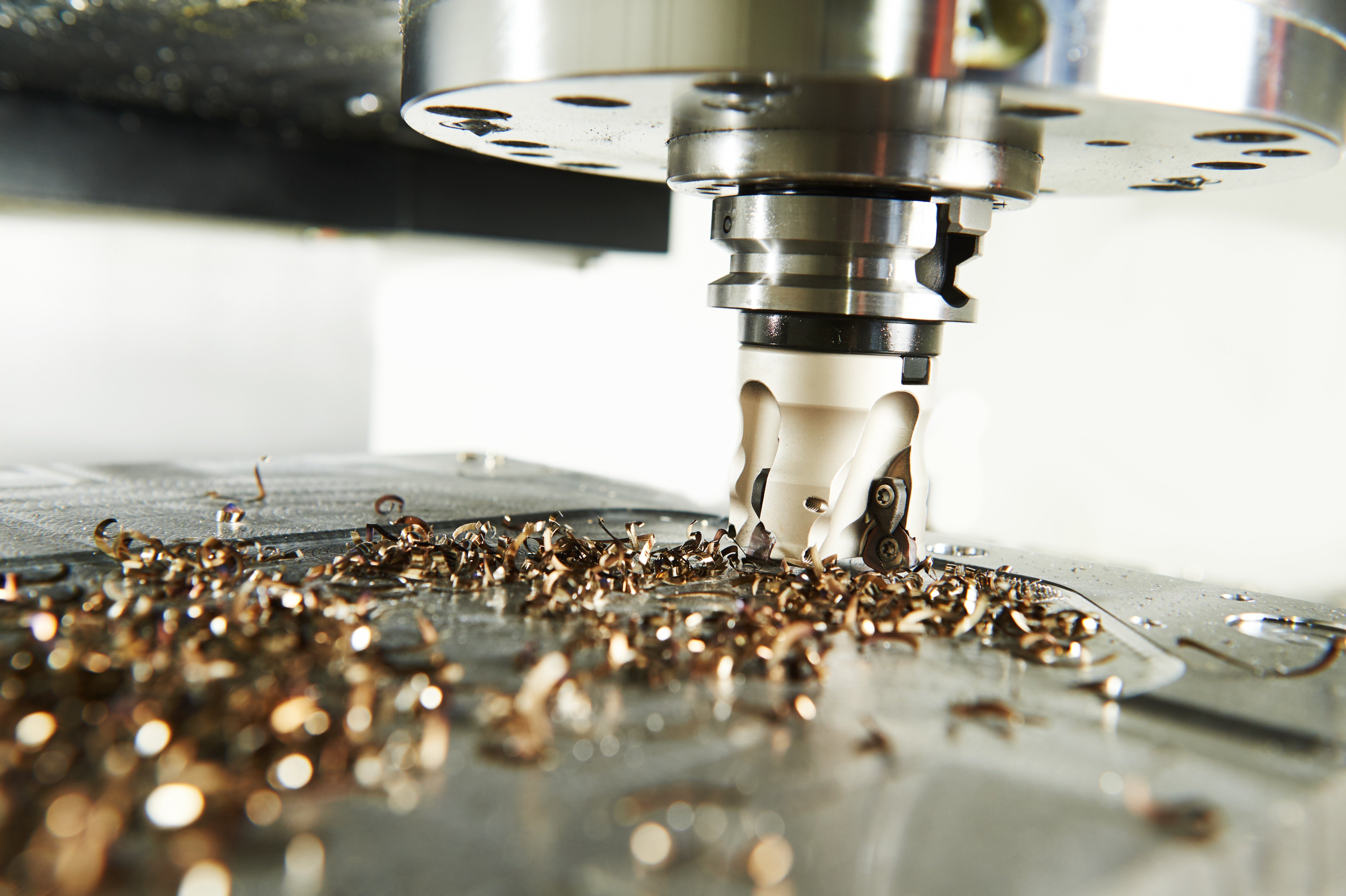Fasteners and Machining: Streamlining the Manufacturing Process
Fasteners and Machining: Streamlining the Manufacturing Process
Blog Article
Navigating the World of Fasteners and Machining: Strategies for Accuracy and Rate
In the elaborate realm of fasteners and machining, the pursuit for accuracy and speed is a perpetual challenge that requires precise interest to detail and tactical preparation. From recognizing the varied array of fastener kinds to selecting optimal materials that can stand up to strenuous needs, each action in the process plays a critical function in accomplishing the preferred result. Precision machining techniques additionally raise the complexity of this craft, calling for a fragile equilibrium in between technological knowledge and cutting-edge strategies. As we explore the methods that can enhance both speed and effectiveness in this domain name, the interaction in between top quality control measures and operational excellence becomes an essential focal point.
Understanding Fastener Types
When choosing fasteners for a job, understanding the different kinds available is critical for guaranteeing optimum performance and dependability. Screws are used with nuts to hold materials with each other, while screws are functional fasteners that can be utilized with or without a nut, depending on the application. Washing machines are important for dispersing the lots of the fastener and protecting against damage to the material being attached.
Picking the Right Products
Understanding the value of picking the right materials is vital in making certain the optimal performance and dependability of the picked bolt kinds discussed previously. When it pertains to bolts and machining applications, the product option plays an essential function in figuring out the total toughness, durability, corrosion resistance, and compatibility with the intended environment. Different materials provide varying residential or commercial properties that can substantially influence the efficiency of the bolts.
Usual products utilized for bolts consist of steel, stainless steel, titanium, light weight aluminum, and brass, each having its special staminas and weaknesses. Steel is renowned for its high strength and sturdiness, making it appropriate for a vast array of applications. Stainless-steel supplies superb rust resistance, suitable for environments prone to moisture and chemicals. Light weight aluminum is light-weight and corrosion-resistant, making it appropriate for applications where weight decrease is critical. Brass is typically picked for its aesthetic charm and excellent conductivity. Titanium is understood for its exceptional strength-to-weight ratio, making it perfect for high-performance applications. Selecting the ideal product includes thinking about elements such as toughness requirements, ecological conditions, and spending plan restrictions to guarantee the wanted efficiency and longevity of the bolts.
Accuracy Machining Techniques

In enhancement to CNC machining, other precision methods like grinding, transforming, milling, and drilling play essential roles in fastener manufacturing. Grinding helps accomplish great surface finishes and limited dimensional tolerances, while turning is usually used to produce round components with exact sizes. Milling and drilling operations are important for forming and developing holes in fasteners, ensuring they meet exact specifications and function correctly.
Enhancing Speed and Efficiency
To optimize fastener manufacturing processes, it is necessary to simplify operations and apply efficient methods that enhance accuracy machining strategies. One key technique for improving rate and efficiency is the implementation of lean manufacturing principles. By minimizing waste and concentrating on continual renovation, lean practices help optimize and eliminate bottlenecks workflow. Additionally, purchasing automation technologies can dramatically enhance manufacturing speed. Automated systems can handle repetitive jobs with accuracy and rate, permitting employees to concentrate on even more facility and value-added tasks. Embracing Just-In-Time (JIT) stock monitoring can additionally boost effectiveness by ensuring that the appropriate products are readily available at the correct time, minimizing excess supply and minimizing preparations. Moreover, promoting a culture of collaboration and communication amongst staff member can enhance overall performance by advertising transparency, analytical, and innovation. By incorporating these methods, producers can attain a balance in between rate and accuracy, eventually improving their affordable edge in the bolt market.
High Quality Control Actions
Applying extensive high quality control steps is important in guaranteeing the reliability and uniformity of fastener products go to this website in the production process. Fasteners and Machining. Quality control actions incorporate different phases, beginning from the selection of raw products to the final inspection of the completed fasteners. This entails evaluating factors such as product longevity, strength, and make-up to guarantee that the fasteners fulfill industry criteria.
Regular calibration of devices and equipment is necessary to maintain consistency in manufacturing and ensure that bolts fulfill the required click to find out more tolerances. Applying strict procedures for identifying and dealing with issues or non-conformities is crucial in preventing substandard products from going into the marketplace. By establishing a detailed quality assurance framework, producers can maintain the reputation of their brand and deliver fasteners that satisfy the highest possible standards of performance and resilience.
Verdict

In the intricate realm of fasteners and machining, the quest for precision and rate is a continuous obstacle that requires careful focus to information and calculated preparation. When it comes to fasteners and machining applications, the material choice plays a vital function in figuring out the general stamina, sturdiness, rust resistance, and compatibility with the intended environment. Precision machining entails numerous sophisticated techniques that guarantee the tight resistances and requirements needed visit for fasteners.In addition to CNC machining, various other accuracy methods like grinding, turning, milling, and drilling play essential duties in fastener production.To optimize bolt manufacturing processes, it is essential to streamline procedures and carry out effective techniques that complement accuracy machining strategies.
Report this page